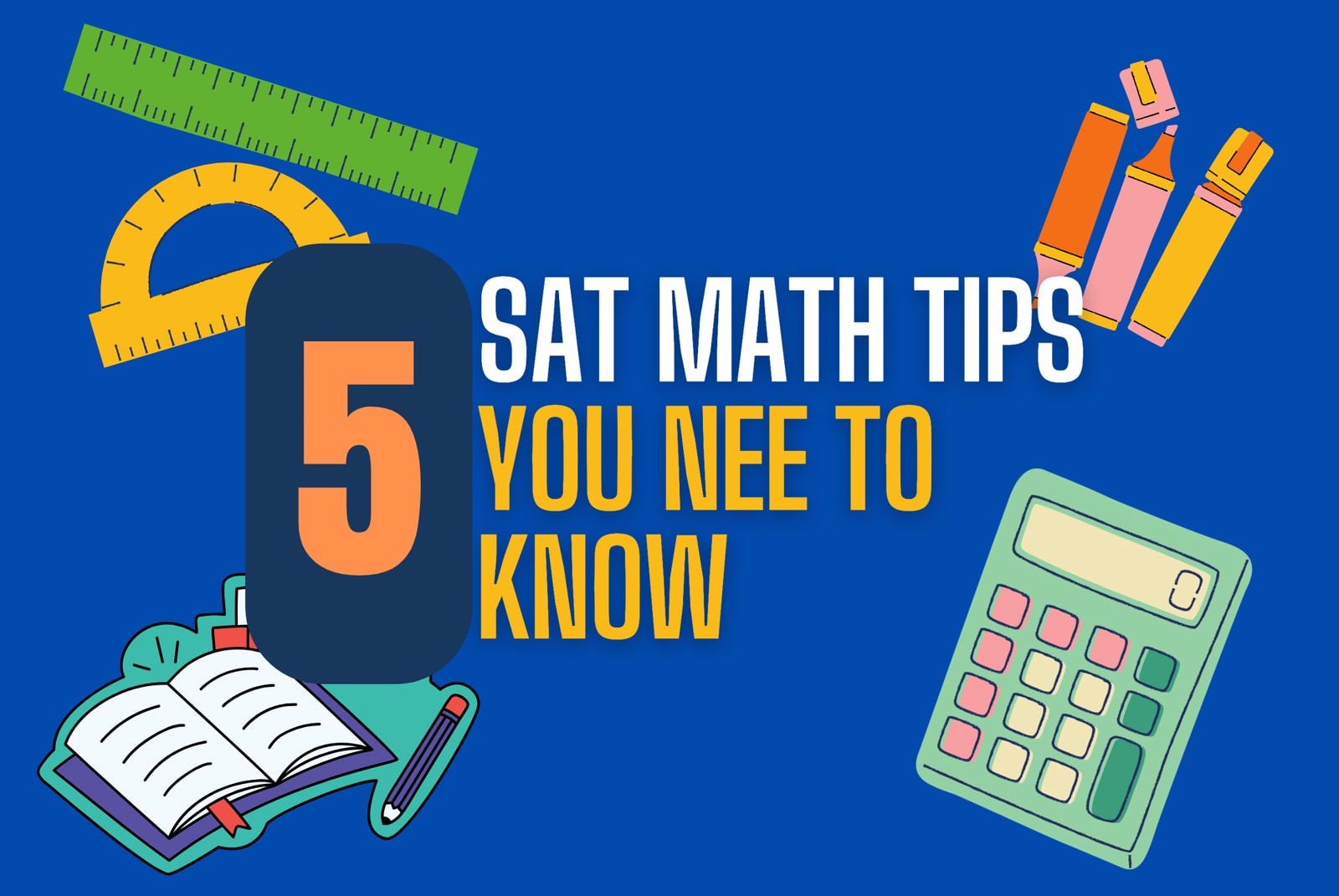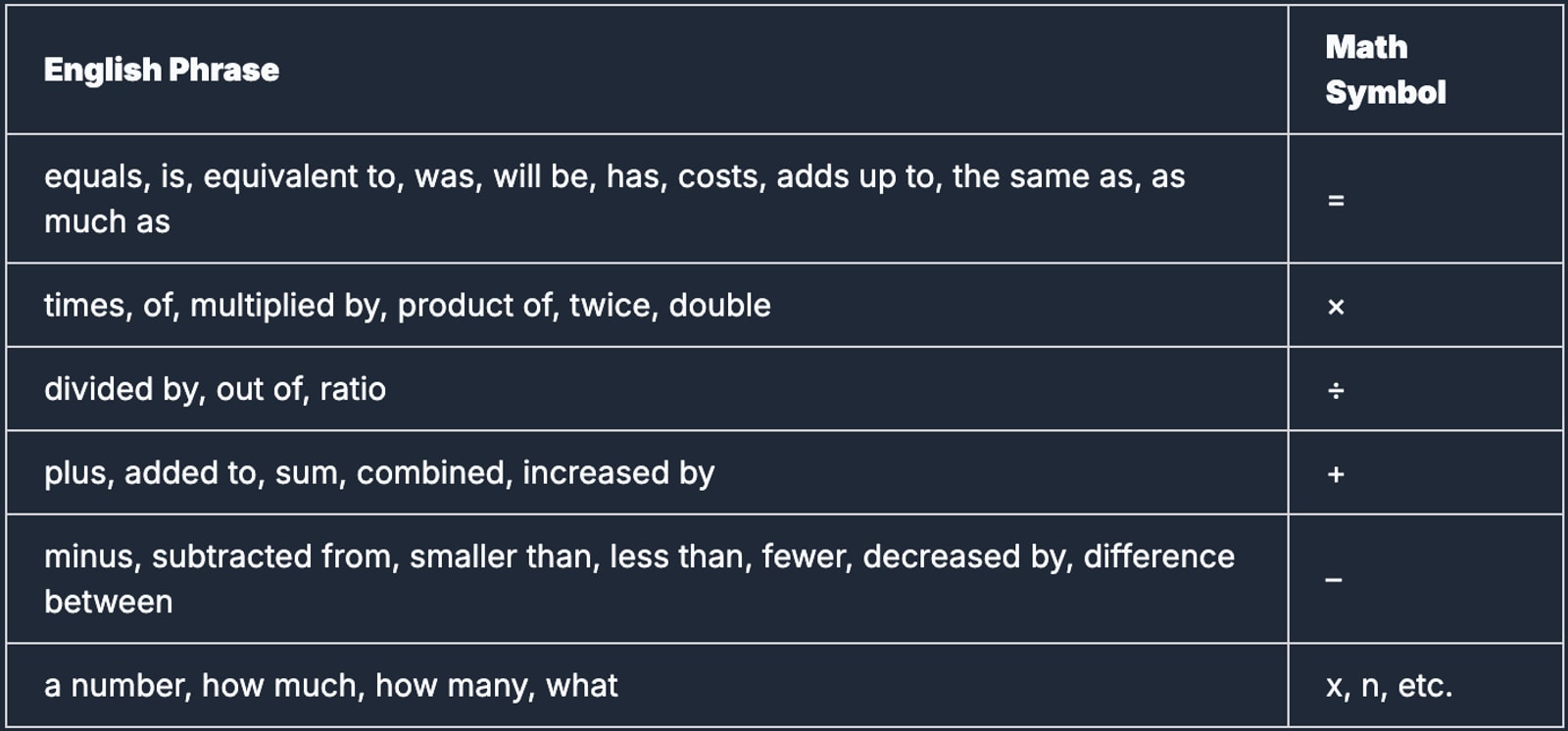
Preparing for the SAT can be both challenging and rewarding, especially when it comes to the math section. With 44 questions spread across two 35-minute modules, totaling 70 minutes, time management and a solid understanding of core concepts are critical for success. The SAT math section tests a broad range of topics, including algebra, advanced math, problem-solving, data analysis, geometry, and trigonometry. By employing the strategies below, you can enhance your performance and approach test day with confidence.
Whether you're preparing independently or using a platform like Best SAT Score, implementing these tips can help you break through your score ceiling and achieve measurable results.
1. Use a Step-by-Step Problem-Solving Approach
The SAT math questions often appear complex, especially under timed conditions. However, most questions can be simplified by using a systematic approach. One proven strategy is the Kaplan Method, a 4-step process to tackle every question systematically:
Steps to Solve:
Identify the Question: Start by understanding what the question is asking—what do the answer choices represent?
Gather Key Information: Look at the problem details—what has the question told you, and what can you deduce?
Choose a Solving Strategy: This step is personal. Some students excel using methods like plugging in numbers, drawing diagrams, or using algebra, while others rely on graphing calculators for certain problems.
Double-Check Your Work: Before moving on, ask yourself: does the answer make sense? Does it satisfy the problem? This final step often saves students from simple mistakes.
Students who master these four steps report higher accuracy, especially under the pressure of the clock, and platforms like Best SAT Score provide interactive resources to practice this systematic method with guidance and feedback.
2. Translate Words into Math
Word problems are notorious for appearing overwhelming, but they’re far simpler once you break them down. In the SAT math section, these problems test how well you can connect real-world scenarios to mathematical equations.
Here’s how to approach word-based math questions:
Define Variables: Assign letters or symbols that make sense (e.g., use x for an unknown number of apples).
Break it Into Pieces: Don’t try to extract all the information at once. Translate one phrase or clause of the problem into math before moving onto the next.
Apply Common Translations: For example:

The key is to practice. Tools like Best SAT Score's SAT Flashcards enable you to repeatedly practice critical phrases and word-to-equation translations until they become second nature.
3. Know When to Use Your Calculator
While the SAT allows calculators, knowing when to use one is an essential skill. The purpose of having a calculator is to save time and reduce errors, but overuse—especially for simple calculations—can eat away at the precious seconds you'll need for more complex questions.
When to Use a Calculator:
• For long division or large number multiplications/divisions.
• To graph quadratics or analyze slopes of lines.
• For calculations involving exponents, roots, or radicals.
• For geometry questions requiring trigonometric functions (e.g., sine and cosine).
When NOT to Use a Calculator:
• Basic arithmetic (e.g., adding fractions or multiplying small numbers).
• Questions with clear mental shortcuts.
Practice deciding when to use (or skip) a calculator with official SAT practice tests or adaptive tools like those on Best SAT Score. These tools analyze your test-taking habits and provide feedback on when a calculator genuinely saves time versus slows you down.
4. Get Comfortable with Linear Equations
Solving systems of linear equations is a key skill you’ll need for the SAT math section. These problems require you to find the values of variables that satisfy all equations in a given system. There are several methods you can employ, and the best approach will depend on the specific question.
Common Methods to Solve Systems of Linear Equations
• Substitution: This method works well if one variable is already isolated or can be easily isolated in one of the equations. Once isolated, you substitute this expression into the other equation to solve for the remaining variable.
• Combination (or Elimination): This method is often faster if the system is set up so that adding or subtracting the equations will eliminate one of the variables. This allows you to quickly solve for the other variable.
• Graphing: On the SAT, you can use the built-in graphing calculator to plot the equations and identify the point of intersection as the solution. While helpful, this approach can sometimes take longer and depends on the precision of the graph.
Types of Solutions for Systems of Linear Equations
Systems of linear equations can result in one of three possible outcomes:
• One Solution: If the graphs of the equations are two distinct lines that intersect, the solution will be the coordinates of the intersection point (x,y). This indicates that one unique set of variable values satisfies both equations.
• Infinitely Many Solutions: This occurs when the two equations represent the exact same line. For example, if you are given 2x+y=15 and 4x+2y=30, dividing the second equation by 2 reduces it to 2x+y=15—the same as the first equation. In this case, all points along the line are solutions, meaning there are infinitely many solutions.
• No Solution: If the two equations represent parallel lines, there is no point where the lines intersect, meaning no solution exists. Parallel lines have the same slope but different y-intercepts.
Tips for Solving Systems Quickly
• Look for opportunities to simplify the equations (e.g., by dividing all terms by a common factor).
• Choose a method based on the structure of the equations—for instance, substitution is ideal when one variable is already isolated.
• Use your graphing calculator strategically, especially when equations are complex or when you want to visually confirm your solution.
With practice, solving systems of linear equations can become a straightforward and manageable part of the SAT math section. Platforms like Best SAT Score offer targeted practice problems and step-by-step resources to help you sharpen these skills effectively.
5. Manage Your Time Wisely
The SAT is a race against the clock. Since the math section allocates just over 1.5 minutes per question, you need a thoughtful time management strategy to maximize your score.
Tips to Navigate the Clock:
• Tackle Easy Questions First: SAT math questions are arranged roughly by difficulty, so solve simpler ones early to save time for lengthier or trickier problems.
• Mark and Move On: If you’re stuck, eliminate obvious wrong answers, make a guess, flag the question, and circle back later if time allows. Remember, there’s no penalty for guessing!
• Check Before Submitting: Once you complete a section, double-check your flagged questions. You can’t return to previous modules, so ensure no question is left unanswered.
This approach is especially effective when paired with personalized preparation plans, such as Best SAT Score's AI-driven study planners, which prioritize weaker areas and help you develop timed-test strategies tailored to your needs.
Final Thoughts: Smart Strategies, Big Results
Maximizing your SAT math score isn’t about rushing through practice tests—it’s about practicing smart. By systematically solving problems, translating real-world scenarios into equations, mastering calculator usage, and focusing on high-frequency topics like linear equations, you’ll feel more in control on test day. Perhaps most importantly, effective time management ensures you complete the test to the best of your ability.
Many students find that structured SAT prep platforms, such as Best SAT Score, provide a competitive advantage. With adaptive practice tests, in-depth question banks, and AI-powered study plans, Best SAT Score supports you at every step of your SAT journey. Remember, success on the SAT math section is less about natural ability and more about preparation, strategy, and focus. Good luck!
Related Posts

Unlock the secret to scoring a perfect 800 on SAT Math! Learn expert strategies and test-taking tips to maximize your score and boost your confidence.

Don’t let idioms trip you up! Explore our comprehensive SAT idiom guide to confidently tackle tricky questions and improve your score.